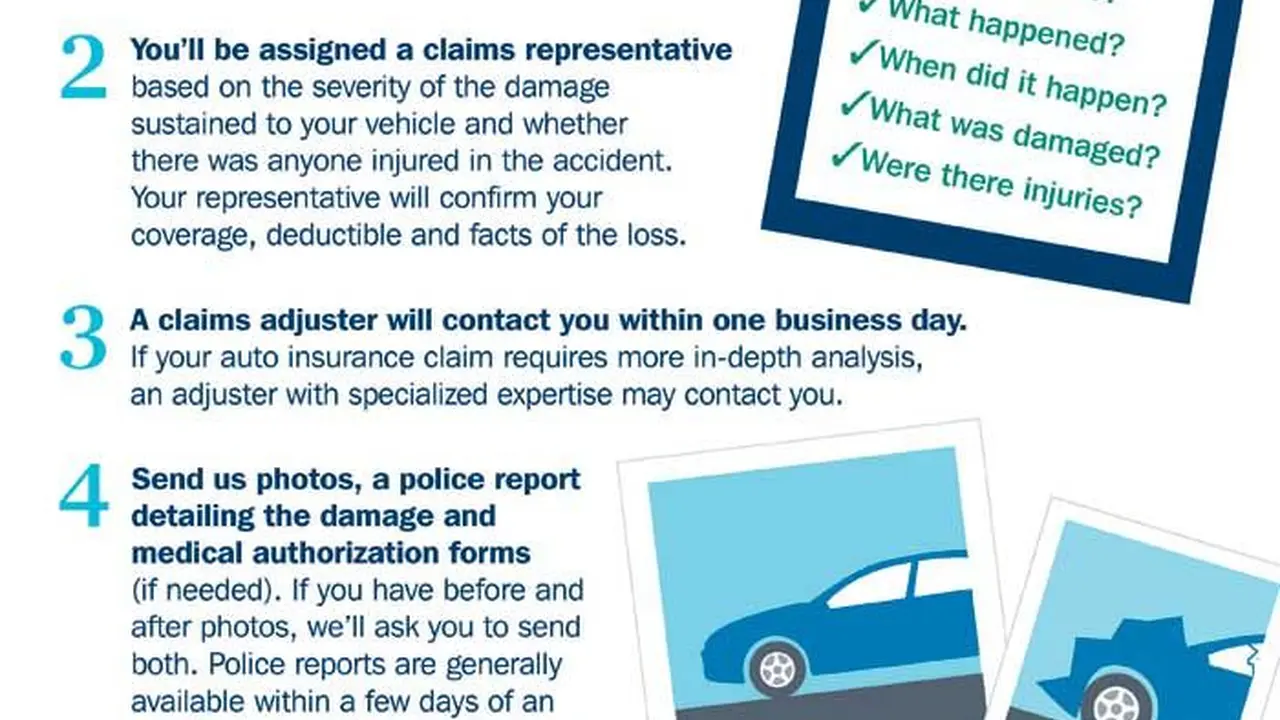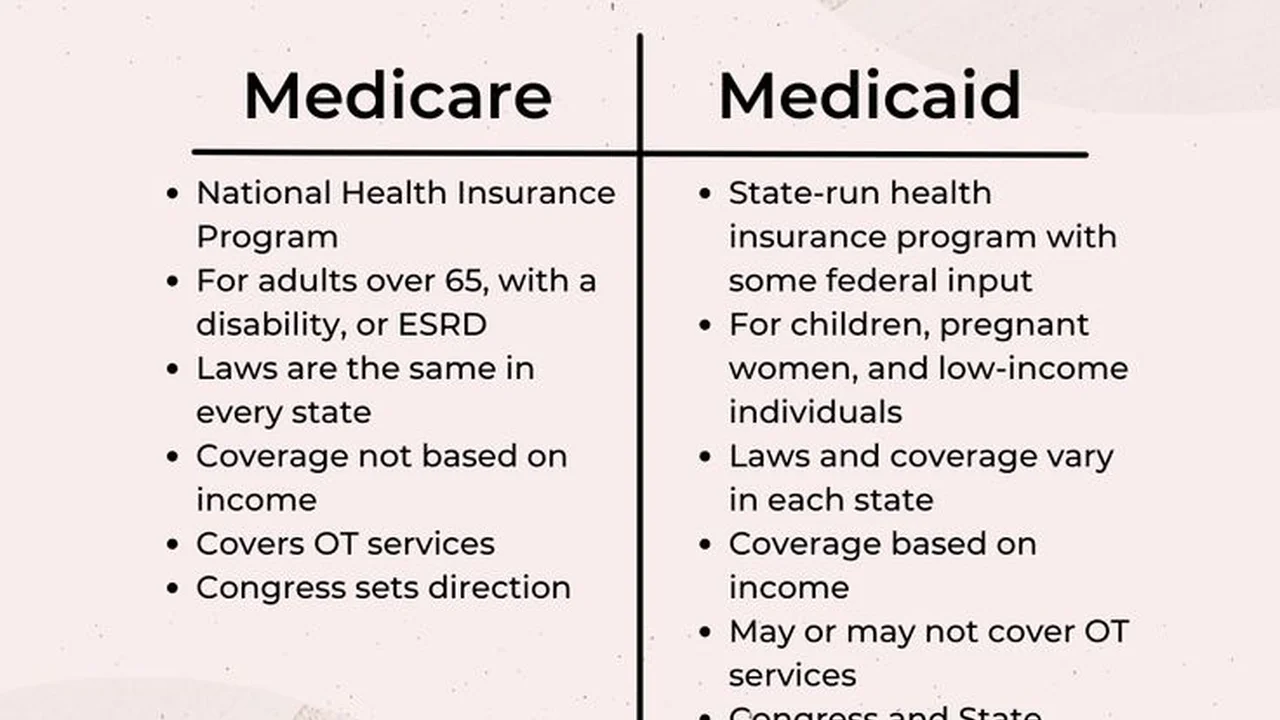Health Insurance for Self-Employed Individuals

Navigating the travel insurance claim process can be confusing This step-by-step guide walks you through the process from start to finish Learn how to file a claim gather documentation and get the settlement you deserve
Understanding Your Travel Insurance Policy for Claim Filing
Okay, so you've had a mishap on your trip – bummer! The first thing you need to do before even thinking about filing a claim is to thoroughly understand your travel insurance policy. Don't just skim it; really *read* it. This will save you a ton of time and frustration later. Look for the fine print – the exclusions, the limitations, and the specific details about what's covered and what's not. Knowing this upfront will help you determine if your situation is even eligible for a claim. For example, did you know that some policies exclude extreme sports if you haven't purchased an add-on? Or that a 'cancel for any reason' add-on is crucial for maximum flexibility? Knowing these details before you even book your trip, let alone start a claim, is super important.
Step 1: Immediate Actions After an Incident during Your Travels
Time is of the essence! Right after the incident (lost luggage, medical emergency, delayed flight, etc.), take these immediate steps:
- Report the Incident: This is critical. For lost or stolen items, file a police report immediately. For medical emergencies, contact the local authorities and, more importantly, your insurance company as soon as possible. They can guide you to approved medical facilities and potentially pre-authorize treatment. For flight delays, get written confirmation from the airline stating the reason and the duration of the delay.
- Notify Your Insurance Company: Most policies have a deadline for notifying them about an incident. Check your policy document for the exact timeframe. You can usually find a 24/7 emergency assistance number on your insurance card or in your policy documents. Call them and explain the situation. They will give you instructions on how to proceed and what documentation you'll need.
- Gather Evidence: Start collecting all relevant documentation right away. This includes receipts for expenses, medical reports, police reports, airline confirmations, photos of damaged or stolen items, and anything else that supports your claim. The more evidence you have, the stronger your claim will be. Keep originals safe but make copies for your claim submission.
Step 2: Gathering Essential Documentation for Your Travel Insurance Claim
Documentation is king (or queen)! Here's a breakdown of the types of documents you'll likely need, depending on the type of claim:
- For Medical Claims:
- Medical reports from treating physicians or hospitals.
- Itemized bills for all medical expenses.
- Proof of payment (receipts).
- Your insurance card and policy number.
- A detailed description of the illness or injury.
- For Lost or Stolen Luggage Claims:
- Police report.
- Airline baggage claim form (if applicable).
- A list of the lost or stolen items with their estimated value and purchase dates.
- Receipts for the lost or stolen items (if available).
- Your travel itinerary.
- For Trip Cancellation or Interruption Claims:
- Documentation supporting the reason for cancellation or interruption (e.g., a doctor's note, a death certificate, a notice from the airline).
- Your travel itinerary.
- Receipts for non-refundable expenses (e.g., flights, hotels, tours).
- Your insurance card and policy number.
- For Flight Delay Claims:
- Written confirmation from the airline stating the reason and duration of the delay.
- Your travel itinerary.
- Receipts for additional expenses incurred due to the delay (e.g., meals, accommodation).
Step 3: Filing Your Travel Insurance Claim Form Accurately
Now, let's get to the actual filing process. Most insurance companies offer online claim forms, which are generally the easiest and fastest way to submit your claim. However, some may require you to download a form and mail it in. Here are some tips for filling out the claim form accurately:
- Read the Instructions Carefully: Don't skip this step! The instructions will tell you exactly what information you need to provide and how to submit your supporting documentation.
- Be Thorough and Honest: Answer all questions completely and honestly. Provide as much detail as possible about the incident. Withholding information or providing false information could lead to your claim being denied.
- Double-Check Your Work: Before submitting the form, review it carefully to make sure you haven't made any errors or omissions.
- Keep a Copy: Make a copy of the completed claim form and all supporting documentation for your records.
Step 4: Following Up on Your Travel Insurance Claim
Patience is a virtue, but don't be afraid to follow up! After submitting your claim, you'll likely receive an acknowledgement from the insurance company. This acknowledgement will usually include a claim number and an estimated processing time. If you haven't heard back from the insurance company within the estimated timeframe, don't hesitate to follow up. You can usually contact them by phone or email. When you follow up, be sure to have your claim number handy. Keep a record of all communication with the insurance company, including dates, times, and the names of the people you spoke with.
Step 5: Understanding and Appealing a Denied Travel Insurance Claim
Claim denied? Don't despair! It happens. Before you get too upset, carefully review the denial letter. It should explain the reason for the denial. Common reasons for denial include:
- Exclusions: The incident may not be covered under your policy due to a specific exclusion.
- Lack of Documentation: You may not have provided sufficient documentation to support your claim.
- Pre-existing Conditions: Some policies exclude coverage for pre-existing medical conditions.
- Policy Violations: You may have violated the terms of your policy (e.g., by engaging in illegal activities).
If you believe your claim was unfairly denied, you have the right to appeal. The appeal process will vary depending on the insurance company. Typically, you'll need to submit a written appeal explaining why you believe the denial was incorrect. Include any additional documentation that supports your claim. Be clear and concise in your appeal. If your appeal is denied, you may have the option to take your case to an independent arbitration or mediation service. Check your policy documents for details on the dispute resolution process.
Travel Insurance Products and Claim Scenarios A Comparison
Let's talk about some specific travel insurance products and how they might play out in real-life claim scenarios. Understanding these differences is key to choosing the right policy and knowing what to expect when filing a claim.
Scenario 1: Lost Luggage on an International Flight
Product: Comprehensive Travel Insurance Policy with Baggage Loss Coverage
Details: Imagine you're flying from New York to Paris and your luggage goes missing. With a comprehensive policy, you can file a claim for the value of the lost items, up to the policy limit. You'll need to provide a police report (filed at the airport in Paris), the airline baggage claim form, a list of the lost items with their estimated value and purchase dates, and receipts (if you have them). Some policies also offer a daily allowance for essential items you need to purchase while your luggage is missing.
Products Compared:
- World Nomads Explorer Plan: Known for its adventure travel coverage and relatively high baggage loss limits. Price: Varies based on trip duration and destination, but expect to pay around $100-$200 for a two-week trip.
- Allianz Global Assistance AllTrips Premier Plan: Offers comprehensive coverage, including baggage loss, trip cancellation, and medical emergencies. Price: Around $250-$350 per year for annual coverage.
- Basic Travel Insurance Policy (e.g., offered by some airlines): Often has very low baggage loss limits and may not cover all types of items. Price: Typically the cheapest option, but may not provide adequate coverage.
Scenario 2: Medical Emergency Overseas
Product: Travel Insurance Policy with Comprehensive Medical Coverage
Details: You're hiking in the Andes Mountains and break your leg. You need to be airlifted to a hospital and receive emergency medical treatment. A good travel insurance policy will cover these expenses, which can be incredibly high in some countries. You'll need to provide medical reports, itemized bills, and proof of payment. It's also crucial to contact your insurance company as soon as possible so they can help you find an approved medical facility and potentially pre-authorize treatment.
Products Compared:
- Medjet Assist: Focuses primarily on medical transportation and evacuation. It doesn't cover medical expenses, but it will get you home to your hospital of choice. Price: Around $300-$400 per year.
- Travel Guard Preferred Plan: Offers comprehensive medical coverage, including emergency medical evacuation, trip interruption, and baggage loss. Price: Varies based on trip duration and destination.
- Credit Card Travel Insurance: Many credit cards offer some level of travel insurance, but the coverage is often limited and may not be sufficient for serious medical emergencies. Check your credit card agreement for details.
Scenario 3: Trip Cancellation Due to Illness
Product: Trip Cancellation Insurance or "Cancel for Any Reason" Add-on
Details: You're scheduled to go on a cruise, but you get sick a few days before your departure. If you have trip cancellation insurance, you can file a claim to recover your non-refundable expenses (e.g., the cost of the cruise, flights, and hotels). You'll need to provide a doctor's note confirming your illness and documentation showing your non-refundable expenses. A "Cancel for Any Reason" add-on provides even greater flexibility, allowing you to cancel your trip for any reason and receive a partial refund (usually 50-75% of your non-refundable expenses).
Products Compared:
- "Cancel for Any Reason" Add-on (offered by many insurance companies): Provides the most flexibility but is typically more expensive. Price: Adds around 40-50% to the cost of your base policy.
- Standard Trip Cancellation Insurance: Covers cancellations due to specific reasons, such as illness, injury, or death. Price: Less expensive than "Cancel for Any Reason" but offers less flexibility.
- Non-Refundable Tickets & Bookings: This is essentially *no* insurance. You're out of luck if you need to cancel.
Tips for a Smoother Travel Insurance Claim Process
Here are some extra tips to help you navigate the travel insurance claim process more smoothly:
- Read Online Reviews: Before purchasing a policy, read online reviews of the insurance company to get an idea of their claims handling process.
- Contact the Insurance Company Before Seeking Medical Treatment (if possible): This can help you avoid out-of-network charges and ensure that your treatment is covered.
- Keep All Documentation Organized: Store your documents in a safe place and make copies for your records.
- Be Patient: The claims process can take time, so be patient and persistent.
- Consider a Travel Insurance Broker: A broker can help you compare different policies and find the best coverage for your needs.
Specific Travel Insurance Products and Pricing Examples (as of October 2024)
Please note that prices can vary depending on your age, destination, trip duration, and other factors. It's always best to get a quote from the insurance company directly.
- World Nomads Explorer Plan (2-week trip to Europe): Approximately $150-$250. Offers comprehensive coverage for adventure activities, medical emergencies, and baggage loss.
- Allianz Global Assistance AllTrips Premier Plan (Annual Coverage): Approximately $300-$400. Provides coverage for multiple trips throughout the year, including trip cancellation, medical emergencies, and baggage loss.
- Travel Guard Preferred Plan (1-week trip to the Caribbean): Approximately $80-$150. Offers good medical coverage and trip interruption benefits.
- Medjet Assist (Annual Membership): Approximately $350-$450. Focuses on medical evacuation and repatriation to your home country.
:max_bytes(150000):strip_icc()/277019-baked-pork-chops-with-cream-of-mushroom-soup-DDMFS-beauty-4x3-BG-7505-5762b731cf30447d9cbbbbbf387beafa.jpg)





